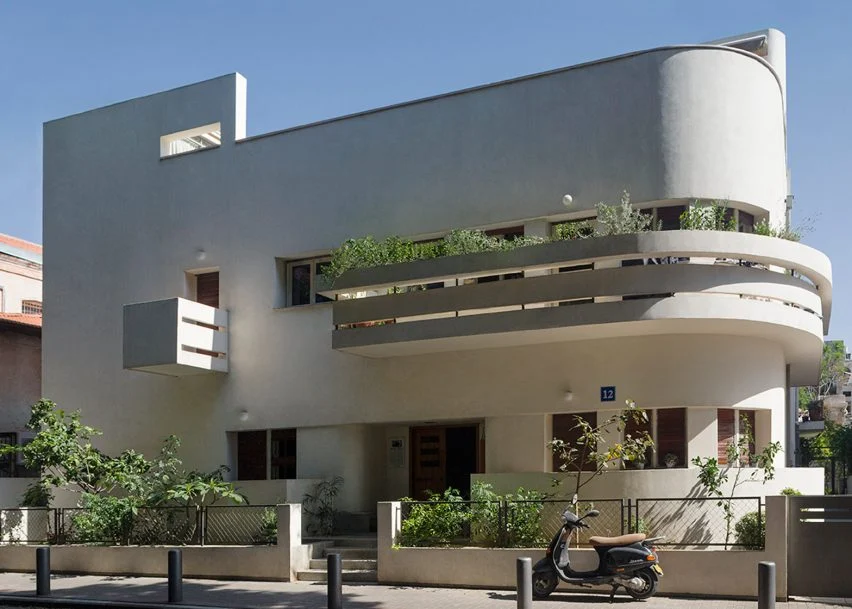When we talk about modern architecture, one style that profoundly changed the way buildings are designed and perceived is the International Style. This minimalist, functional, and visually striking architectural movement shaped the 20th century and continues to influence contemporary designs around the world. In this article, I want to take you through the origins, principles, and lasting impacts of International Style architecture, while sharing some fun facts, FAQs, and comparisons along the way.
Origins of International Style
The roots of International Style can be traced back to the early 1920s in Europe. It was largely popularized by the architects of the Bauhaus School in Germany, such as Walter Gropius, Ludwig Mies van der Rohe, and Swiss-French architect Le Corbusier. This style was first formally recognized during the “Modern Architecture: International Exhibition” held at the Museum of Modern Art (MoMA) in New York City in 1932.
The exhibition, curated by Henry-Russell Hitchcock and Philip Johnson, gave International Style its official name and highlighted key principles that were being adopted by architects worldwide.
Key Principles of International Style
International Style emphasizes three core principles:
- Functionalism: Buildings are designed primarily for their function, with form following function.
- Simplicity: A lack of ornamentation and decorative elements, focusing on clean lines and geometric forms.
- Use of Modern Materials: Steel, glass, and reinforced concrete are the primary materials used.
These principles reflected a break from the elaborate designs of earlier periods like Gothic and Victorian architecture. The focus shifted to efficiency, practicality, and the expression of modern technology.
Characteristics of International Style Architecture
To help you identify International Style buildings, here are some of the common characteristics:
- Rectangular Forms: Structures often consist of a series of rectangular shapes.
- Flat Roofs: The use of flat roofs instead of pitched roofs is a signature feature.
- Large Windows: Expansive windows, often in horizontal bands, provide natural light.
- Open Floor Plans: Flexibility in space and layout.
- Minimalist Aesthetic: Absence of decorative details and ornamentation.
- Steel Frames: Structural elements made of steel, allowing for lighter and taller buildings.
Impact on Global Architecture
The International Style had a significant influence on architecture across the world. Its emphasis on minimalism and function resonated with architects seeking a new language for modern design. Cities like New York, Chicago, Berlin, and Tokyo embraced this style, transforming their skylines with sleek skyscrapers and office buildings.
One of the most notable impacts was the creation of the modern corporate skyscraper. Buildings such as the Seagram Building in New York, designed by Mies van der Rohe, epitomize the International Style with their elegant simplicity and use of modern materials.
International Style also influenced residential architecture. Le Corbusier’s “Villa Savoye” is an excellent example of how the principles of this style were applied to homes
Fun Facts About International Style
- MoMA Exhibition: The term “International Style” originated from the 1932 MoMA exhibition that aimed to promote modern architecture in the United States.
- Minimalist Influence: The principles of International Style heavily influenced the Minimalism movement in art and design.
- Global Reach: International Style was adopted in various countries, with architects modifying it to fit local climates and cultures.
Table: Notable Architects and Their Works
| Architect | Notable Works | Location |
|---|---|---|
| Ludwig Mies van der Rohe | Seagram Building | New York, USA |
| Le Corbusier | Villa Savoye | Poissy, France |
| Walter Gropius | Gropius House | Lincoln, USA |
| Philip Johnson | Glass House | New Canaan, USA |
Comparison Table: International Style vs. Art Deco
| Feature | International Style | Art Deco |
| Focus | Function and simplicity | Decoration and luxury |
| Design Elements | Minimalist, clean lines | Geometric patterns, rich materials |
| Materials | Steel, glass, concrete | Marble, brass, lacquer |
| Era | 1920s-1970s | 1920s-1930s |
FAQs About International Style Architecture
Q: What is the International Style in architecture?
A: The International Style is a modern architectural style characterized by minimalism, functionalism, and the use of modern materials like steel and glass.
Q: Who are the pioneers of International Style architecture?
A: Key pioneers include Ludwig Mies van der Rohe, Le Corbusier, and Walter Gropius.
Q: What are some famous examples of International Style buildings?
A: Famous examples include the Seagram Building in New York and Villa Savoye in France.
Q: How does International Style differ from other architectural styles?
A: Unlike ornate styles like Art Deco or Victorian, International Style focuses on simplicity, function, and modern materials.
Q: Is International Style still relevant today?
A: Yes, its principles continue to influence contemporary architecture, especially in office buildings and skyscrapers.
Why International Style Still Matters
International Style fundamentally reshaped architecture by focusing on function over form. It represented a shift towards a modern, globalized aesthetic, breaking free from regional traditions and ornate designs. As a result, it paved the way for modern skyscrapers, office spaces, and even homes that prioritize simplicity and efficiency.
The next time you pass by a glass-and-steel building with clean lines and minimal decoration, you’ll know that you’re looking at the enduring legacy of the International Style.
Final Thoughts
International Style is more than just an architectural movement; it’s a reflection of the 20th century’s technological advancements and cultural shifts. By embracing minimalism and functionality, architects created designs that are not just visually appealing but also highly practical. It’s amazing to see how this style, born almost a century ago, still influences the structures we live and work in today.
If you’re an architecture enthusiast like me, exploring International Style buildings can be a fascinating way to understand the evolution of modern design!



